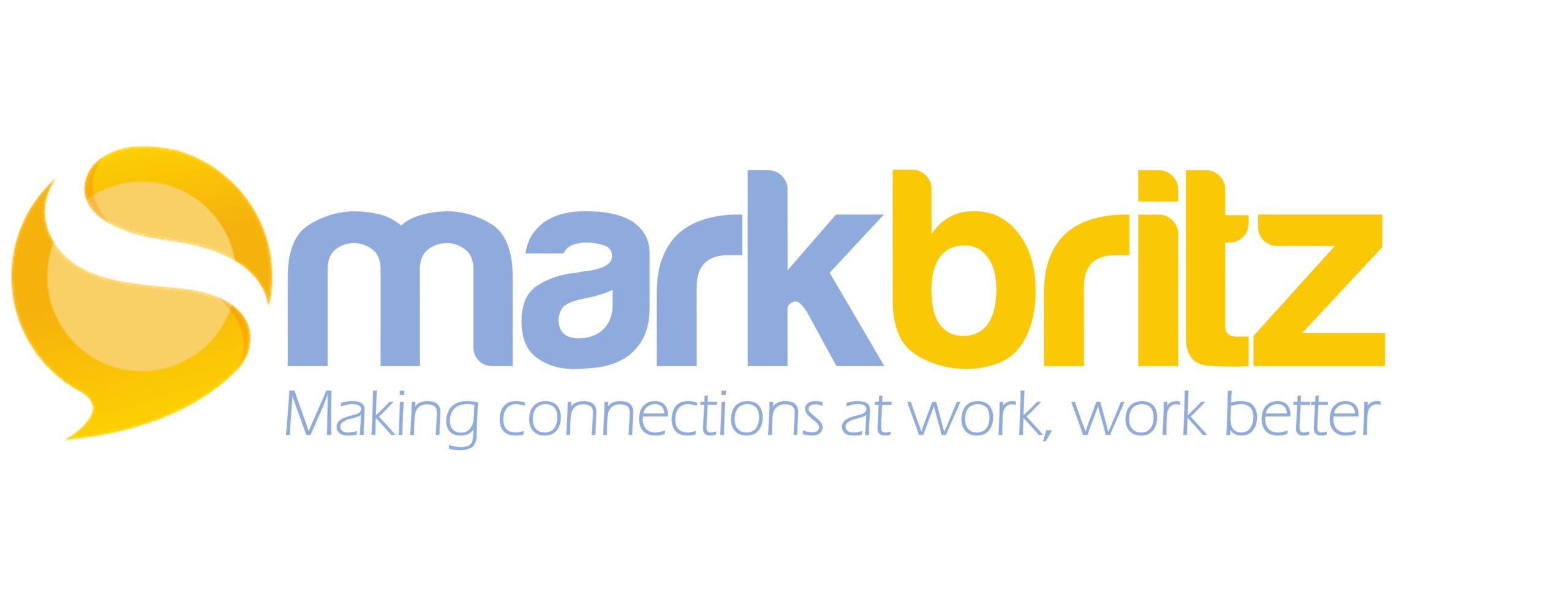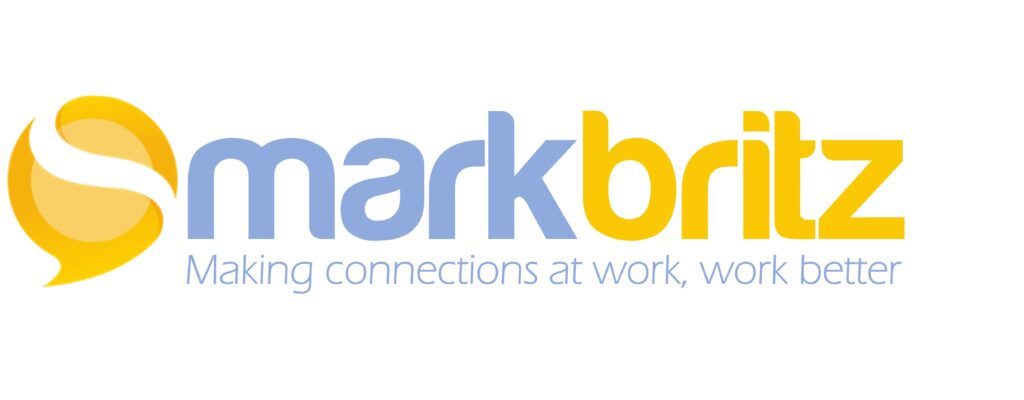You can sense it. An economic slow down is approaching. The dreaded “R” word. When it hits and demand drops, savvy business leaders make moves – fast! Time is critical, head and heart come into play but in the end those functions, process and people that don’t appear to impact the bottom line are deemed not critical and get cut out.
One of the first to go historically is training and development. It’s a regular and easy decision really (if not always right). If we need those that remain to be working hard to weather the storm, we can’t have them bowing out to take courses. The greatest point of friction in work is time. Having more time to do the most critical tasks is key when times are tough. Even now, in relative prosperity time saving is winning. Why do you think smart phones beat the desktop? Why does Uber beat the taxi? AirBnB over the hotel? Apps over websites? The products and services that save time win the day. You can stop reading here business leader and take this information inside and ask that question if you like – Is what we offer saving people time or removing other customer friction points? But this post is about what you need to do now with your operations. It’s quite a challenge really. You need your people to stay sharp, grow their skills and execute effectively and yet you can’t afford to take them out for training or pay a staff of trainers who won’t be training. What to do?
First, change your mindset. Training doesn’t equal learning! Never has. It’s ONE way to learn new skills and knowledge but not THE way. Fact, more people learn on the job, doing their job than in a classroom. Let me repeat that, People learn more on the job and in their job. A recent ATD research report noted the average amount of time people are in training a year is around 31 hours. That’s it. what are they doing in the hundreds of other hours??? Working, experimenting, failing, sharing, discussing, collaborating… umm all learning! So what can you do? That’s the second point.
Your beliefs have changed so now act on it! If people are learning more in and on the job make it easier for them to do this! Have them connect with peers inside and outside their domain. Lead them to sharing insights and ideas openly. Promote collaborative work and user-generated content (FAQs, video tutorials, interviews, short form webinars, etc). How do you get them to do this? That’s the final point.
Finally, your work systems drive employee behaviors. Sure, “systems” like social technology and other tools for user content creation and sharing are valuable and you likely have them already as nice to haves – Now use them strategically. But honestly it’s those more invisible systems at play that influence employees behaviors; those that dictate who gets to talks to whom and how openly? Will sharing my know-how make me dispensable? How do I really get ahead here? Are managers helping people grow or measuring for expectation? If I fail will I get dinged for it?
Other systems like policies and procedures also impact behavior. How do you recognize and reward employees is a big one. Do you look for the heroic individual or those that help others? Do you reward inputs as much as outcomes? How do people advance? And are you to the letter on your policies or wishy-washy sending mixed signals? Assess the systems to adjust for the openness you’ll need as maintaining collaboration in a downturn is paramount.
Back to the main premise. A Recession is creeping in (There, I said it), is a better connected company something you really can afford to wait for? Make the time to save time.

